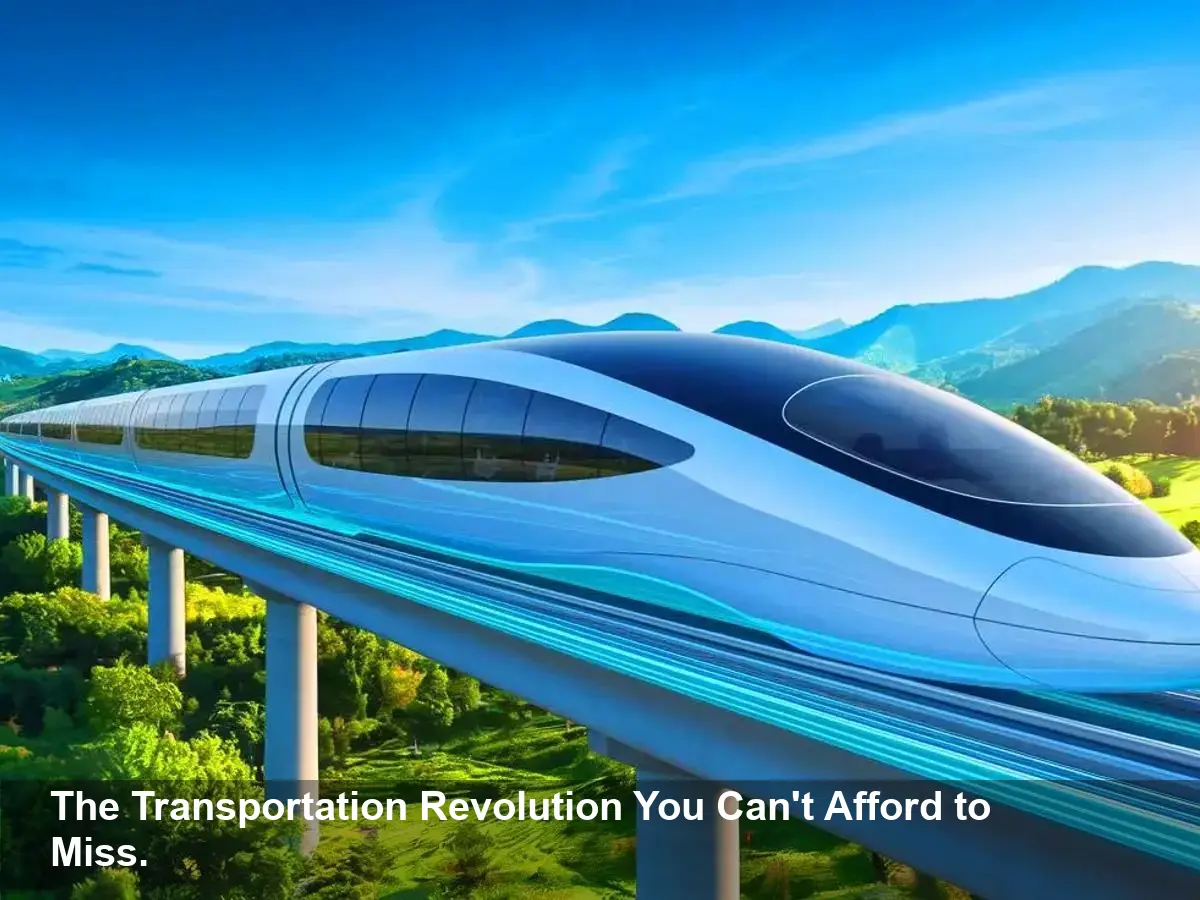Floating Trains Are Here; Is Your City Being Left Behind?

- Frictionless Travel: Maglev trains use powerful magnets to float above a guideway, eliminating the friction of wheels on a track.
- Incredible Speeds: By removing friction, these trains have achieved test speeds over 600 km/h and operate in daily service at 430 km/h in China.
- Eco-Friendly Solution: Maglev systems are extremely quiet, produce no direct emissions, and are more energy-efficient per passenger than airplanes or cars.
- The Future is Faster: Engineers are developing maglev trains for vacuum tubes, which could push travel speeds beyond an astonishing 1,000 km/h.
The End of the Wheel? How Floating Trains Are Shaping Our Future
The familiar click-clack of a train on its tracks could soon be a sound of the past, replaced by the silent hum of progress. A transportation revolution is already underway, powered by one of nature's most fundamental forces: magnetism. Maglev (magnetic levitation) trains are not science fiction; they are a proven technology challenging the very foundations of how we travel, and you risk being left behind if you ignore them.
The Science of Floating
So, how does a massive, multi-ton vehicle float on air? The principle is surprisingly simple, relying on the basic rule that like poles of a magnet repel each other.
Levitation and Propulsion
Powerful electromagnets are installed on the underside of the maglev train and along its dedicated track, or guideway. By creating opposing magnetic fields, these magnets push against each other with enough force to lift the entire train a centimeter or more off the guideway. With the train now levitating, the primary obstacle to speed—friction—is almost entirely eliminated.
To move forward, the system uses a different set of magnetic coils in the guideway to create a shifting wave of magnetic fields. These fields attract and repel the magnets on the train, pulling it forward in a smooth, seamless motion. The train effectively "surfs" on a magnetic wave, without a single wheel or engine onboard.
A New Standard for Speed and Sustainability
The benefits of removing friction are staggering. Without wheels to slow it down, the Shanghai Transrapid in China operates a daily service at a blistering 430 km/h. In tests, Japanese maglev trains have broken the 600 km/h barrier. This leap in speed is matched by a leap in efficiency.
Quiet, Clean, and Stable
Because there is no contact between the train and the track, there is no wear and tear, drastically reducing maintenance costs. The ride is incredibly smooth and almost silent, eliminating the noise pollution associated with conventional rail. Furthermore, additional guidance magnets keep the train perfectly stable, preventing swaying even at top speeds.
From an environmental standpoint, maglev is a game-changer. The trains produce zero emissions at the point of use and can be powered by renewable energy sources, making them one of the greenest forms of mass transit available today.
Are You Ready for 1,000 km/h Travel?
The innovation isn't stopping. Engineers are already testing the next evolution of this technology: placing maglev trains inside vacuum tubes. By removing air resistance—the last remaining source of friction—these "vactrains" could potentially reach speeds exceeding 1,000 km/h, rivaling commercial airlines. This isn't a distant dream; it's the next logical step in a transportation revolution that is already here.




